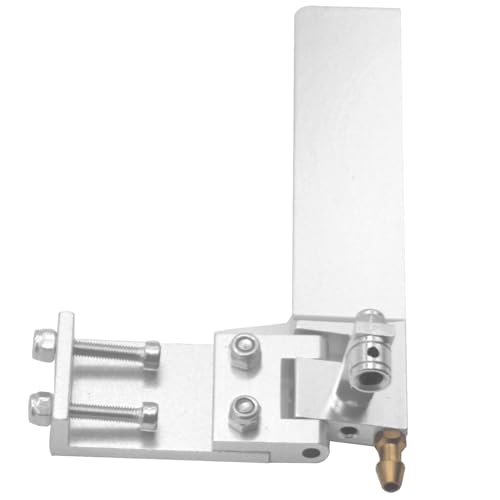all right here I go again.
as most of you may now i have done some cfd testing on my 45saw boats.
i already gave you some figures a while back but what it came down to was this.
Aerodynamic drag is definitely interesting at higher speeds
the biggest drag (about 47% is from the boom tubes) second for my saw boat was on the open engine. (pipe was horrible to but harder to change)
third were the sponsons and last came the tub.
what is the key to proper aerodynamics?? well it is definitely NOT the front of the thing you are looking at. you can make it square for all i care (obviously round or tapered is better) as long as you put back the energy behind the object that you have taken out on the front...... means you need to speed up the air behind the object before it separates again.....
anything that is not "up to speed" is drag.
now i did make naca profiles around my booms last year and yes it did make a difference on the saw speed i did.
there were some problems that came with the profiles however.
most of all was lift (don't want it don't need it, had enough as it was)
the second thing i am worried about is that the profiles are in front of the CG of the boat.
this means an AOA change of the boat will put the profiles in either a lifting or down position.
when this happens it won't correct itself meaning when going up it will keep going up more and more. (i did this once with a beautiful blow over from a little down wind and small hop the boat made).
if only the boom tubes were behind the CG.....................

the main thing i worry about with the booms on a racing boat is that the boat hops very often as the water is rarely nice and calm like on the saw runs.
saw is a more controlled situation then racing so unless i can find a way that they will correct a AOA change and not increase the problem like they do now i won't use them on a heat racing boat.
now the other thing that interested me is going round the corner with a racing boat.
many people before have expressed that if you go down the straight at 80mph but slow down to 50 in the corner it still won't help you go any quicker.
now there was a post that i find interesting about a lost outside sponson.
this proved something again to me that i have thought about earlier.
in the corner there is a large force on the rudder.
when looking at the rear of the boat this force will push towards the left of the boat on the rudder. (the force itself will be dependant on the water pressure and rudder surface area)
with the sponsons being like a solid axle the roll centre is in the middle of the axle. therefore the force on the rudder will be like a torque around the roll centre.
much more then the CG force as i assume the CG to be almost at the same height as the roll centre so it will be negligible.
the rudder force will cause a weight shift between left and right sponson (normally i will asume weight to be devided equally when going straight)
so what if with a proper turnfin and sponson design (big enough to hold the boat upright in the corner) we can make a small right sponson that at speed would not touch the water anymore. it would only serve to get the boat on plane.
of course with not touching the water in the corner it would be nice to have it on the straight. so maybe a different sponson design to get the boat to run different in the straights? maybe the whole boat can be tilted over to the left going straight?
the roll to the right back onto the bigger sponson?
the only problem i see is the turnfin won't like this rolling motion to much.



































